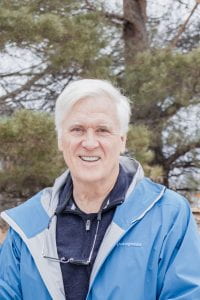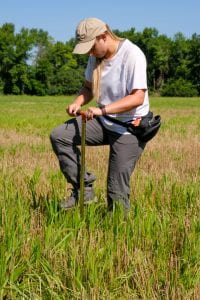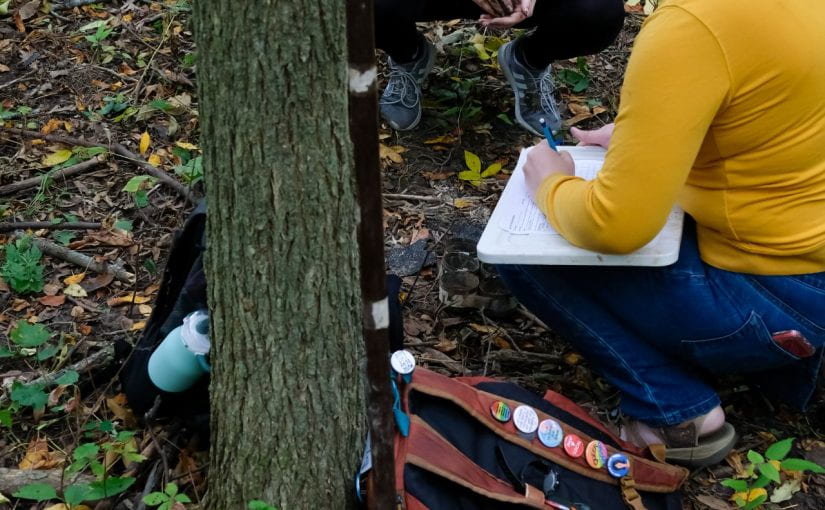The University of Wisconsin-Green Bay — known as Eco-U since its founding in 1965 — sits in a unique location, overlooking the bay of Green Bay. It’s home to the 290-acre Cofrin Memorial Arboretum, which provides valuable habitat and ecosystem resources for students and faculty conducting research.
The hub of that research activity is the Cofrin Center for Biodiversity, which opened in 1999.
“We’re fortunate to have such a variety of materials and habitats available to us,” said Bob Howe, Director of the center and Chair of Biology Department.

The center serves as a regional clearinghouse of information and resources for professional biologists, naturalists, educators and local private enterprises. It oversees the Cofrin Arboretum; the Richter Museum, which houses more than 50,000 animal, fossil, mineral and anthropological specimens; the UW-Green Bay Herbarium, which includes more than 35,000 pressed plant specimens; the UW-Green Bay Greenhouse; and five natural areas that total more than 1,200 acres of ecologically important habitats including forest, wetlands and beaches.
The incredible resource is thanks to the philanthropic spirit of the Cofrin family. In 1975, the children of John Cofrin created an endowment to honor him and their grandfather, Austin Cofrin (founder of Fort Howard Paper) to create trails and add plantings to the arboretum.
The family of Dr. David Cofrin and his late brother, John Cofrin, later created an endowment to fund grants for student research. The Cofrin Center for Biodiversity was created through a gift from Dr. David Cofrin and funding from the state.
Howe said the Cofrins’ support was essential to growing the program through the years. “I’m proud of being a part of building this program,” said Howe, who is retiring after 23 years in his role at the end of this academic year.
“There are many opportunities here on campus, which will elevate the program significantly and raise more awareness.”
Since the summer of 2021, Tamara Kancoglu, who is studying biology with an emphasis in animal biology/conversation and ecology, has worked on efforts to preserve and restore natural areas managed by the center. She has also done research with a faculty member to collect soil samples from a recently restored farm field.
“I cannot emphasize enough how important hands-on work and research is. The connections I’ve made with both the people I work with and the land we are working on have taught me so much. It really makes this work very fulfilling,” Kancoglu said.

“Hands-on, student research is key to what we do here,” Howe said, adding the center employs about 20 students per year to help in various areas and also supports independent student research.
Students receive grants to fund their research, and work in collaboration with a faculty member to conduct the research on one of the University’s natural habitats. “Student research has helped us identify species that we need to protect. They’ve also found federal and state protected species that we weren’t aware of,” Howe said.
Brandon Bryne, a student in the University’s environmental science and policy master’s degree program, was interested in studying at the Cofrin Center for Biodiversity due to its research on the Great Lakes. Right now, he’s conducting fieldwork on a UW Sea Grant funded project, which will contribute to his thesis.
“Research design and theoretical concepts become much easier to understand and apply when you are confronted with them face-to-face,” he said.
“You also feel a greater appreciation for the world around you when working first-hand with nature’s intricacies.”


